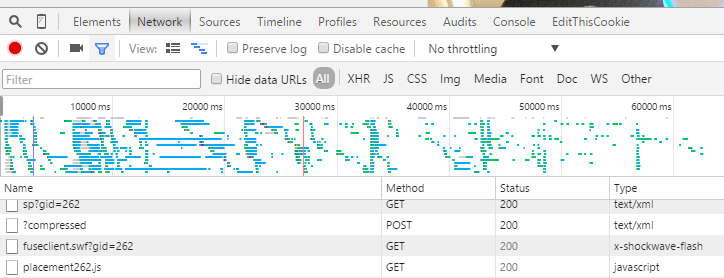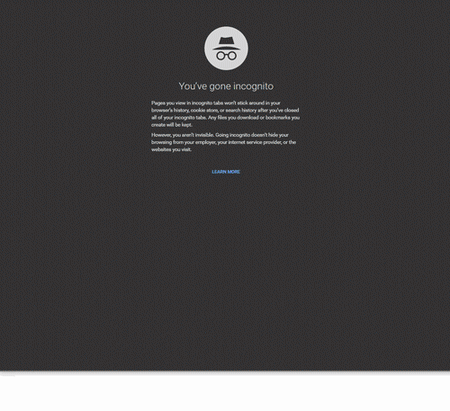Are advertisers crazy? VPAID Banners Kill Performance and Resources

Advertisers and marketers wonder: why are ad blockers so popular with users? Why is the effectiveness of banners decreasing? Disorder. Probably, advertising is not bright enough, too imperceptible, they think. Definitely, this problem must be solved. And let's we embed the video player directly into the ad unit?
No sooner said than done.
')
So in April 2012, the VPAID (Video Player-Ad Interface Definition) format was born - an ugly monster that the modern industry of online advertising has spawned. Today, the VPAID format is more popular than ever. And just as disgusting.
“The VPAID format establishes a common interface between video players and an ad unit, providing rich interactive streaming advertising,” the new Interactive Advertising Bureau format colorfully described .
You probably met such banners on various sites, where you accidentally logged in with the blocker turned off.
One such small banner on the page - and the browser begins to slow down noticeably, dozens of megabytes of traffic is being downloaded over the network. The longer the banner is open on the page - the more requests it will make and the more it will deflate traffic. He makes these requests continuously, all loading and loading new information.
One of the users ( Artyom Russakovsky from the Androidpolice.com website) did a little research on how a single VPAID banner consumes resources. He opened a blank HTML page, placed a banner tag there - and saw what was going on in the network resource monitor, through the Chrome developer tools.

Original in best resolution
The banner looks like a regular static picture, but in fact it is a hidden interface to the advertising video player. At a certain point in time, the picture is replaced with a video stream, then again with a static image, and again with a video stream - and so on to infinity.
In a few minutes while the page was open, the banner deflated 53 MB of traffic and made 5559 requests. After a couple of minutes, this figure rose to 6140 requests. This is one single banner. Without reloading the page, just open the tab!
Just imagine what will happen with your smartphone or tablet several of these banners on the page.
“Streaming video fulfills two important goals for advertisers when conducting advertising campaigns with videos: 1) provides the consumer with a rich advertising experience; 2) obtains details about the management of video playback and user interaction with the ad unit, which is important for reporting on the results of viewing advertising, ”explains the specialists of the Interactive Advertising Bureau.
That is, this rubbish is not only devouring resources, but also watching you, collecting valuable statistics for the advertiser. “VPAID banners are a real cancer of the advertising industry,” says Artyom Russakovsky.
What is the most annoying when faced with such a voracious advertisement, users blame not the advertiser at all, but the owners of the site, that is, the publisher who placed such an advertisement through the AdSense network. For example, Artyom Russakovsky points to an open ticket for the Androidpolice site, in which one of the users complains that the Androidpolice main page loads 9.0 MB of data and makes 276 requests, with a full download taking 11 seconds.
Of course, it's all about advertising. When AdBlock is enabled, the number of requests drops to 140.
User charges are partly fair. In principle, the publisher is really responsible for all the content that is placed on his site, including advertisements.
For reference, when using AdSense there is an option to disable the display of advertisements in the VPAID format.

The VPAID format supports the AdSense ad network and other ad networks. Ad networks can be understood: their customers are advertisers. But for some reason, not all site owners disable this format, if there is such an opportunity? Whether they, too, go on about the advertisers, or for illiteracy, is unknown.

And is it any wonder now why advertising blockers are so popular with users?
For many people, the use of a blocker is not some kind of citizenship or a matter of saving traffic, it is rather a matter of hygiene and cleanliness.
For example, the developers of the same Adblock Plus understand the difference between normal and aggressive advertising, so they are trying to somehow clear the advertising industry's Augean stables using the “white list” of Acceptable Ads . The same is done by each user who is able to selectively block ads through white and black lists.
And what else is left for us?
Source: https://habr.com/ru/post/395275/
All Articles